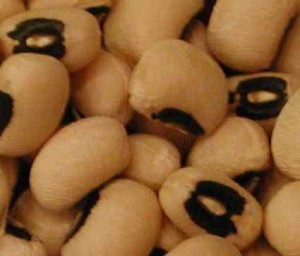 Grapes. They are the fruiting bodies of the genus Vitis vine, have been cultivated for food and libation since at least 6,000 B.C., are frustratingly expensive at the grocery store, and are generally recognized as being wicked yummy.
Grapes. They are the fruiting bodies of the genus Vitis vine, have been cultivated for food and libation since at least 6,000 B.C., are frustratingly expensive at the grocery store, and are generally recognized as being wicked yummy.
(Did you know that Syrah is thought to be “Syrah” because in the Persian city of Shiraz, the noted A+ wine producer of the 9th Century Middle East, the origin of the Bahá’í religion, and the home of that religion’s founder, which was demolished and paved over in ’79? Nor did I. But then I wandered down the Wikipedia Hole.)
So grapes; yes, yummy, expensive, and that takes us to Mister César Chávez. Now I recall Chávez from elementary school posters that celebrated the grand and peacefully dissenting rainbow that is America, and I suppose that’s where I learned he organized migrant farm workers. But that’s about all I knew. Barack Obama, however, declared 105 acres of the Tehachapi Mountains in California a National Monument in October, and that sent me to the aforementioned Wiki Hole. Continue reading

